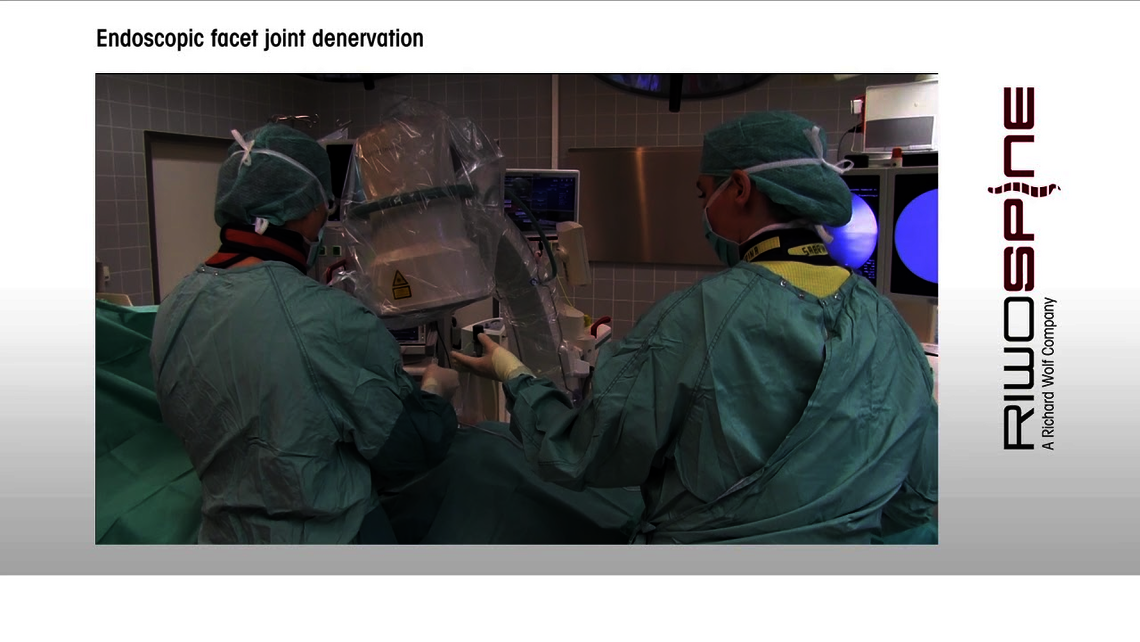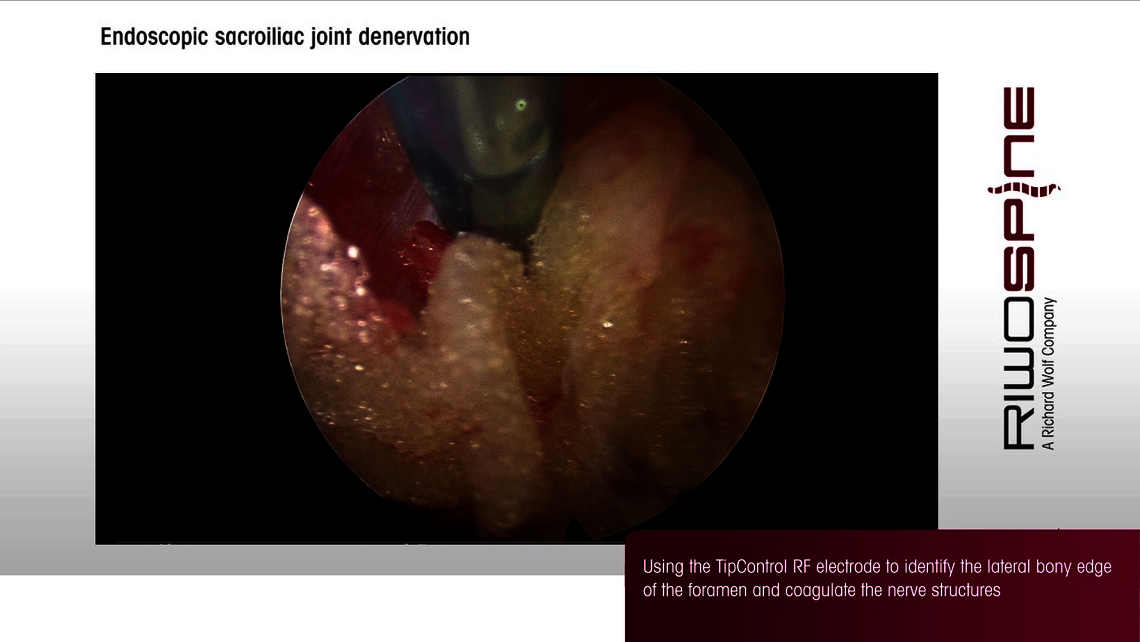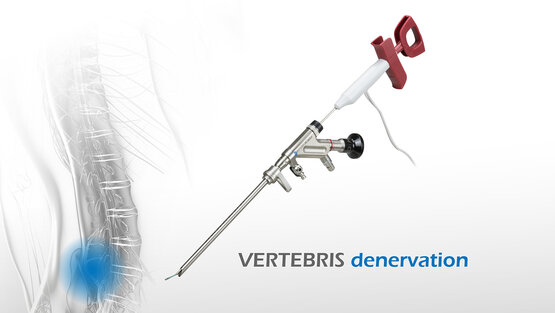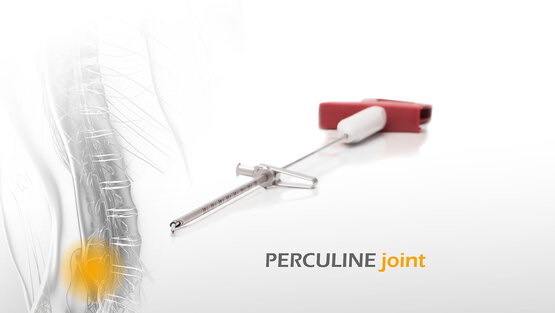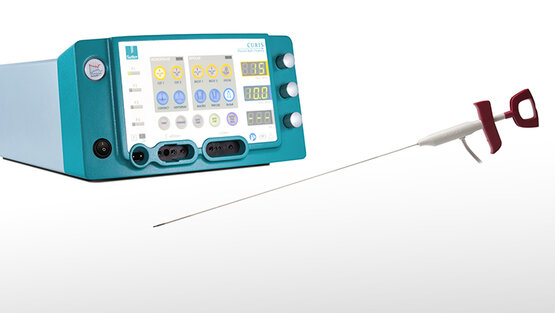Facet and sacroiliac joint syndrome
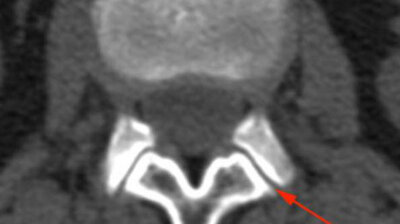
The facet-joint syndrome is one of the degenerative diseases of the spinal column. Generally, a loss of fluid in the nucleus pulposus leads to decreased resilience and elasticity in the intervertebral disks which can, in turn, result in segmental instability and additional stress on the facet joints.
The increased stresses exerted on the synovial joint membrane frequently generate mechanical inflammatory reactions. Ultimately, this leads to spondylarthrosis, (i.e., changes in the synovial joint membrane and the joint capsule) similar to arthrosis of other joints.
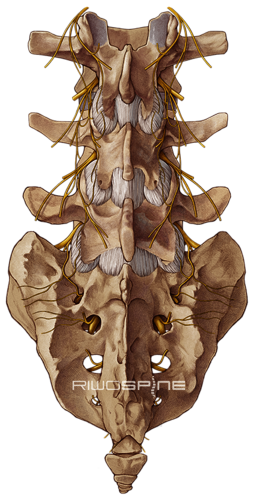
Spondylarthrosis can either present as an independent medical condition, which is referred to as a facet joint syndrome, or as a cause of other medical conditions (e.g. narrowing of the spinal canal or spinal canal stenosis).
The small vertebral joints (facet joints) are surrounded by a dense network of nerve fibers. These become irritated by the inflammatory processes which occur during the course of arthrosis. However, direct mechanical irritation is also possible as a result of instability. The main symptoms are therefore back pain or neck pain without significant radiation and without neurological deficits. The pain is conducted along the medial branches of the dorsal ramus of the spinal nerve.
Pain is normally a warning signal. However, if the pain becomes chronic, it loses this warning function, and it makes the most sense to interrupt the further transmission of pain. The objective of interventional pain therapy is therefore to shut down this nerve and the branches of the nerve in order to prevent the perception of pain. Facet injections or facet denervation are the available treatment options.
In addition to the small vertebral joints, the sacroiliac joint (SIJ) is also a generator of back pain. The mechanisms are similar here. Sacroiliac joint syndrome frequently occurs after stabilization of the spinal column because of the additional burden on the sacroiliac joint which, in turn, leads to mechanical and inflammatory irritations of the nerves at this joint. The pain here is also conducted along the dorsal ramus. This can then be thermally interrupted at the sacral exit.
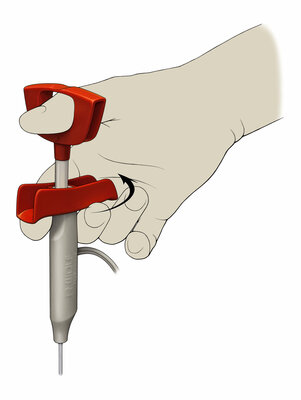
Therapeutic concept
In order to provide long lasting relief from a painful facet joint, the medial branches of the dorsal rami (one from the segment above and one from the segment below the facet) can be transected. This can be accomplished under direct visualization with an endoscopic approach. The path of the medial branch is visualized and the nerve is transected and coagulated with rongeurs and the TipControl RF electrode.
